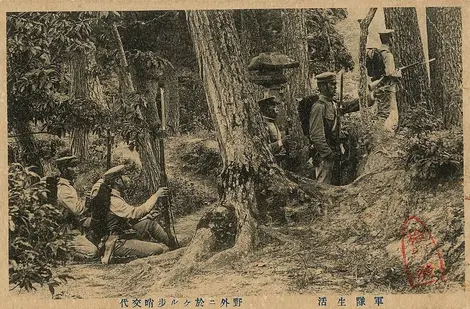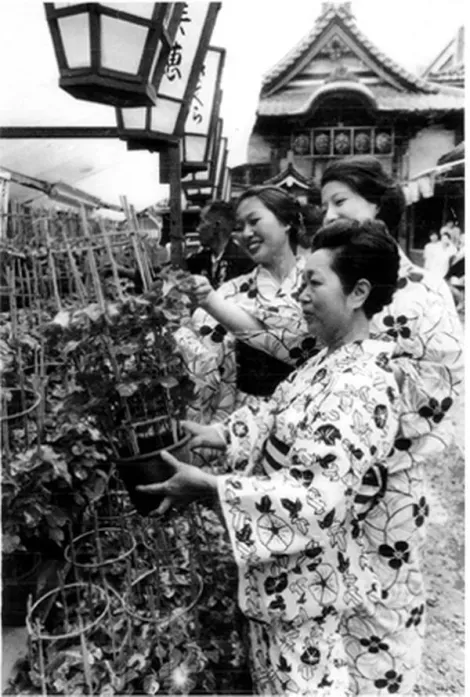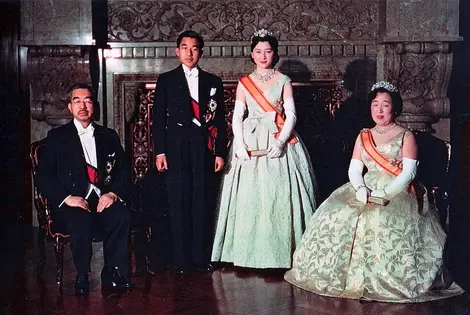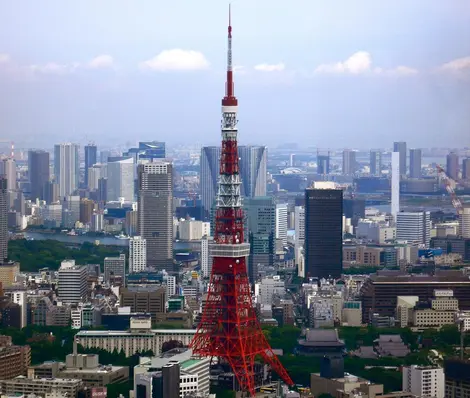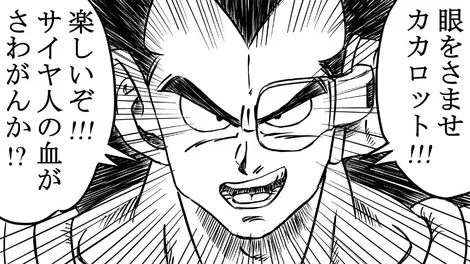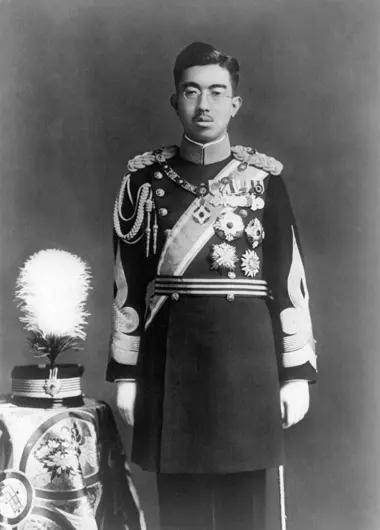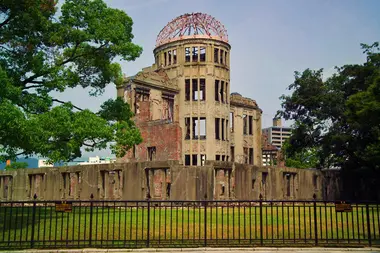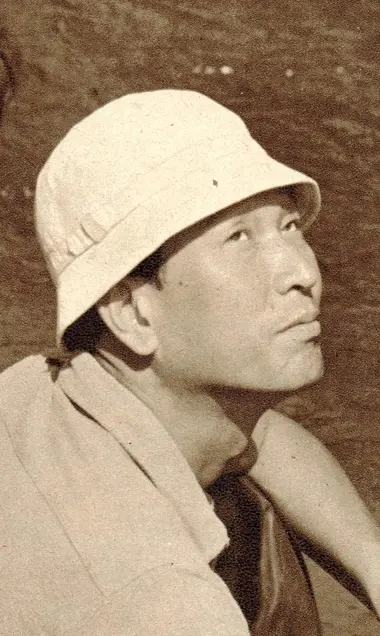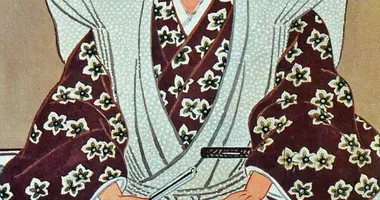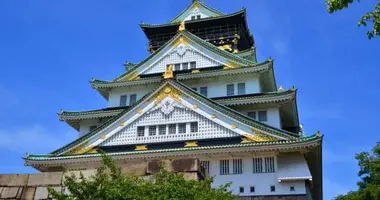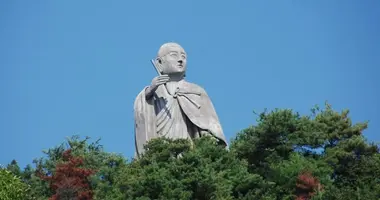The Showa era (1926-1989) 昭和時代
Japan with two faces
The Shôwa era (1926 - 1989) is the longest era in the history of Japan, which will have 248 on May 1 next. This long reign of 64 years of Emperor Hirohito, which spans the whole of the 20th century, embraced all the great upheavals that transformed the world, from the world war to the economic miracle.
The rise of militarism
The advent of the Showa era (which means "enlightened peace") changed the political landscape of Japan in the 1930s.
First because of the personality of the emperor. Indeed Hirohito, unlike his father who was very physically impaired, takes a more active part in the exercise of political power .
Moreover, the fragile parliamentary power, which was divided between moderate liberals and conservative liberals, very quickly lost control of the army, which became autonomous from the beginning of the 1930s with the invasion of Manchuria, and took political power from the appointment of Fuminaro Konoe as Prime Minister in 1937 .
The era was marked by the influence of fascism, totalitarianism and nationalism , with a promotion of the traditional Japanese warrior ideal that the success of the Hagakure then exemplified.
The Second World War
It is no surprise that Japan allied itself with the main fascist powers of the 1930s, Germany and Italy , with whom it would form the forces of the Axis.
This alliance was motivated as much by the ideological consanguinity between the three countries as by the desire of the Japanese to arrogate to themselves the French and British colonies in East Asia (enemies of Italy and Germany) and, obviously, by an anti - common communism.
However, the main adversary of the Japanese forces was the USA against which the imperial army carried out a surprise attack at Pearl Harbor on December 7, 1941.
After 6 months of military success, Japan will spend the rest of the war retreating against the American juggernaut until the two nuclear bombardments of August 6 and 9, 1945 which will sign the end of hostilities.
- Read also : Discover Hiroshima before the bomb
The post-war economic miracle
In 1945, Japan was a country totally destroyed by American bombing, under occupation, with leaders put on trial and an emperor who himself narrowly escaped prosecution.
Having become a parliamentary monarchy , the country is however recovering little by little, with the help of the United States which, as in Europe, favors the rapid reconstruction of the former belligerents to prevent communism from triumphing there.
Japan then experienced extraordinary economic growth with a GDP multiplied by 10 between 1965 and 1980 (rising from 91 billion to 1,065 billion dollars). In the 1980s, Japan was a world leader in fields as diverse as electronics, banking and automobiles.
The end of the Showa era coincides with the sudden stop of the Japanese economy during the bursting of the speculative bubble in the late 1980s.
- Read also : The Eiffel Tower of Japan - Tokyo Tower
A cultural power
It is also the time when cultural production begins to go beyond the borders of the archipelago.
Cinema broke through internationally in the 1950s with the great success of Akira Kurosawa 's films (Rashômon, The Seven Samurai, etc.) or, in another style, Godzilla .
The following decades will be just as significant with great films such as Empire of the Senses , or the arrival of a Takeshi Kitano on the front of the stage.
At the literary level, great authors like Yukio Mishima or Yasunari Kawabata won over an international audience , the latter even obtaining a Nobel Prize.
Finally, from the 80s, popular manga culture began its irresistible rise across the world with the export of works such as Grendizer, Astro Boy or Dragon Ball.





